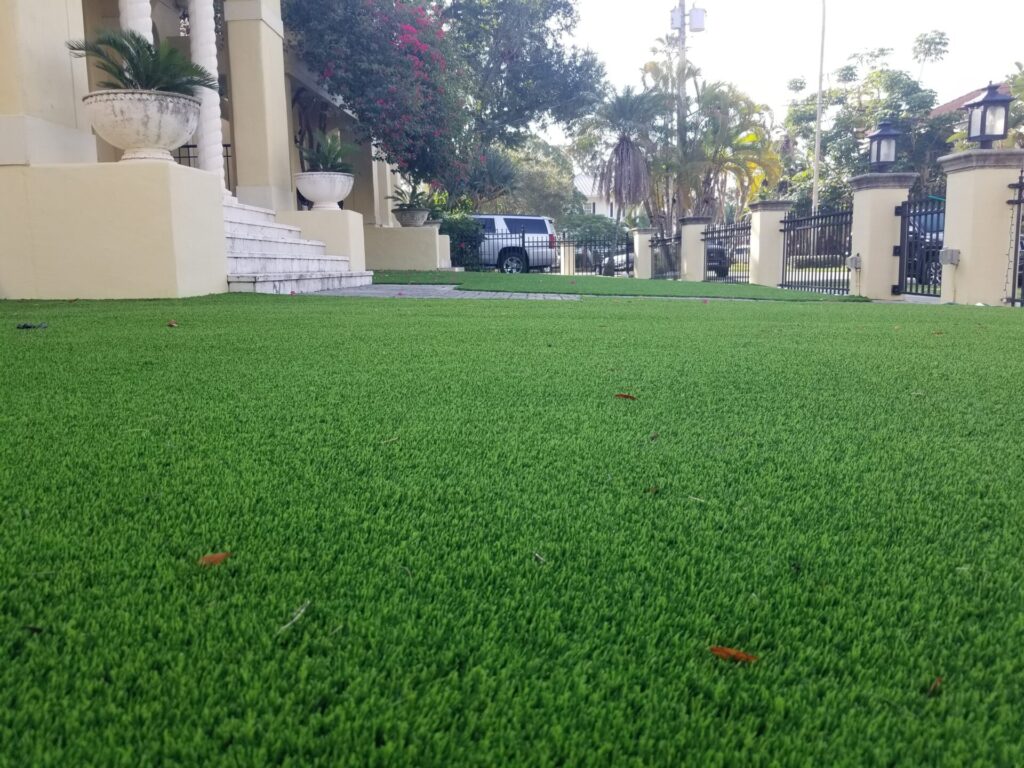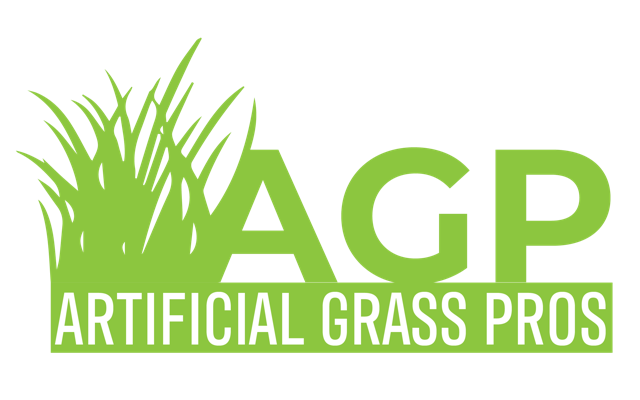Artificial turf has become increasingly popular as an attractive, low-maintenance alternative to natural grass. Once primarily used in sports fields, it’s now found in residential yards, commercial landscapes, and public spaces. But what exactly is artificial turf, and what makes it such a compelling choice? Let’s explore what artificial turf is and the numerous benefits it offers.
What is Artificial Turf?
Artificial turf, or synthetic grass, is a surface made from synthetic fibers designed to look like natural grass. It’s typically composed of three layers: the backing, the infill, and the fibers. The backing provides a stable base, and the infill (often made of sand, rubber, or a combination) supports the fibers and adds cushion. The fibers mimic the appearance and feel of natural grass. Modern artificial turf is designed to be durable, UV-resistant, and environmentally friendly, making it suitable for various applications.
1. Low Maintenance
One of the most significant benefits of artificial turf is its low maintenance requirements. Unlike natural grass, synthetic turf doesn’t need to be mowed, watered, or fertilized. This can save homeowners considerable time and money on lawn care. No more spending weekends it was pushing a lawnmower or dealing with the expense and effort of maintaining irrigation systems. With artificial turf, you can enjoy a pristine lawn year-round with minimal effort.
2. Water Conservation
In many regions, water conservation is a crucial concern. Natural grass requires substantial water to stay green and healthy, especially during hot and dry seasons. Artificial turf, however, requires no watering except an occasional rinse to remove dust and debris. Homeowners can significantly reduce their water usage by switching to synthetic grass, contributing to environmental conservation, and lowering water bills.
3. Durability and Longevity
Artificial turf is designed to withstand heavy use and harsh weather conditions. High-quality synthetic grass can last 15 to 20 years or more with proper care. It doesn’t get worn out by foot traffic, pets, or outdoor activities, making it an excellent choice for busy households and high-traffic areas. Unlike natural grass, which can develop bald spots, mud patches, and uneven growth, artificial turf remains consistently lush and green throughout its lifespan.
4. Aesthetics and Versatility
Artificial turf offers a consistently beautiful appearance regardless of the season. It maintains its vibrant green color and neat appearance without the hassle of regular upkeep. This makes it an ideal option for homeowners who want a lawn that looks perfect all year round. Additionally, artificial turf is highly versatile and can be installed in various settings, including yards, rooftops, balconies, and indoors. It’s also available in different shades and textures, allowing you to choose the one that best suits your aesthetic preferences.
5. Safe and Clean
Artificial turf provides a safe and clean surface for outdoor activities. It doesn’t attract insects, pests, or weeds, common problems with natural grass. Additionally, many artificial turf products are designed with antimicrobial properties to reduce the risk of bacteria growth. This makes synthetic grass an excellent choice for families with children and pets, as it minimizes exposure to allergens and harmful chemicals often used in lawn care. The infill materials used in artificial turf also provide cushioning, reducing the risk of injuries from falls.
In conclusion, artificial turf offers a range of benefits that make it an attractive alternative to natural grass. Its low maintenance, water conservation, durability, aesthetic appeal, and safety features make it a practical and sustainable choice for homeowners, businesses, and public spaces. Opting for synthetic grass allows you to enjoy a beautiful, hassle-free lawn that enhances your outdoor living experience while contributing to environmental conservation.


Recent Comments